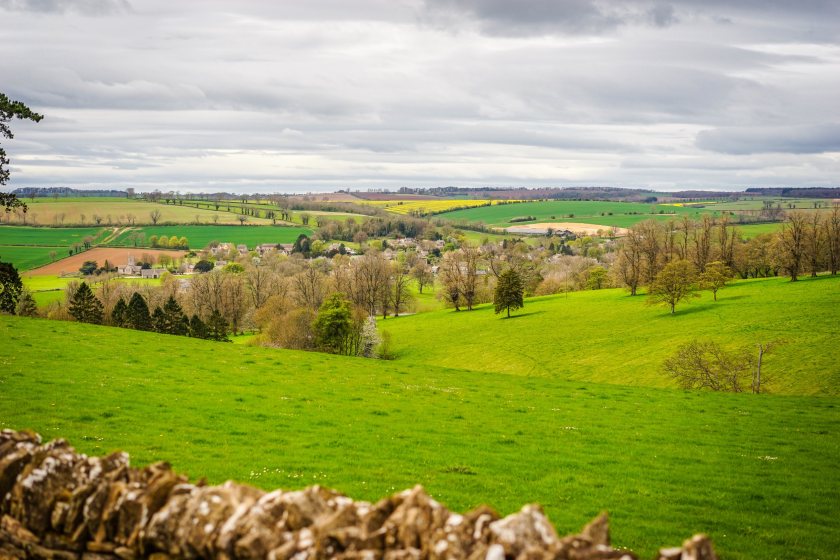
The farmland market so far this year has been at its most active since 2018, as activity recovers from its post-Brexit and pandemic era lows.
By the end of September, 169,000 acres of farmland covering 864 holdings had been marketed across Britain, according to research by Savills.
This is 30,200 acres (21%) more than in the equivalent period of 2023, and 15% above the average for 2012-2016, which is the agent's pre-Brexit comparator.
In all regions of England, the supply during the first three quarters of the year exceeded the Q1 to Q3 average for 2012-2016.
More activity was seen across all farm types and most significantly in regions with an arable (East Midlands, +50%) and livestock focus (South West, +21%).
Andrew Teanby, associate director Savills Rural Research said, however, that the story was 'more complicated' in Scotland and Wales.
"There was 39% more farmland marketed in Scotland by the end of Q3 compared to last year, but the 2024 total of 32,800 acres is still 8% below the 2012-2016 average.
"In Wales, 12,300 acres were marketed, 30% over the 9,400 acre average for 2012-2016 but 4% less than last year's particularly active market.”
The growth rate in average farmland values continues to cool, Savills said. On average, farmland values in Britain rose by 0.6% in the 12 months to the end of September 2024.
There are many contributing factors, including a slowdown in the development land market leading to fewer new rollover buyers, high interest rates discouraging investment and falling confidence in the farming sector.
Alex Lawson, Savills head of Rural Agency, explained that the strength of competition and prices being achieved varied widely within regions.
He said: "There are hotspots where a limited supply or the desirability of the market is driving prices and sales, while, in other areas, properties are taking longer to sell.
"At a regional level, the overall trends show values grew more over the past year in the South East (1.6%) and South West (4.8%), where demand for commercial-scale units is exceeding supply and interest from non-farmers and amenity buyers is also stronger.
"Farms with easier-to-manage soils over chalk are proving popular and have drawn some rollover buyers from further north.”
Values fell in regions where the market is typically more reliant on farmer buyers, according to the research.
Average values fell by 3.3% over the past 12 months in the East of England, by 2.0% in the East Midlands and by 0.4% in the North of England.
Values in Scotland remain stable, and in Wales they increased by 2.7%.
Mr Lawson concluded: “Looking forward, the budget outcome, an increasing likelihood of base rate cuts and improving commodity prices will all influence buyers' and sellers' decisions."
